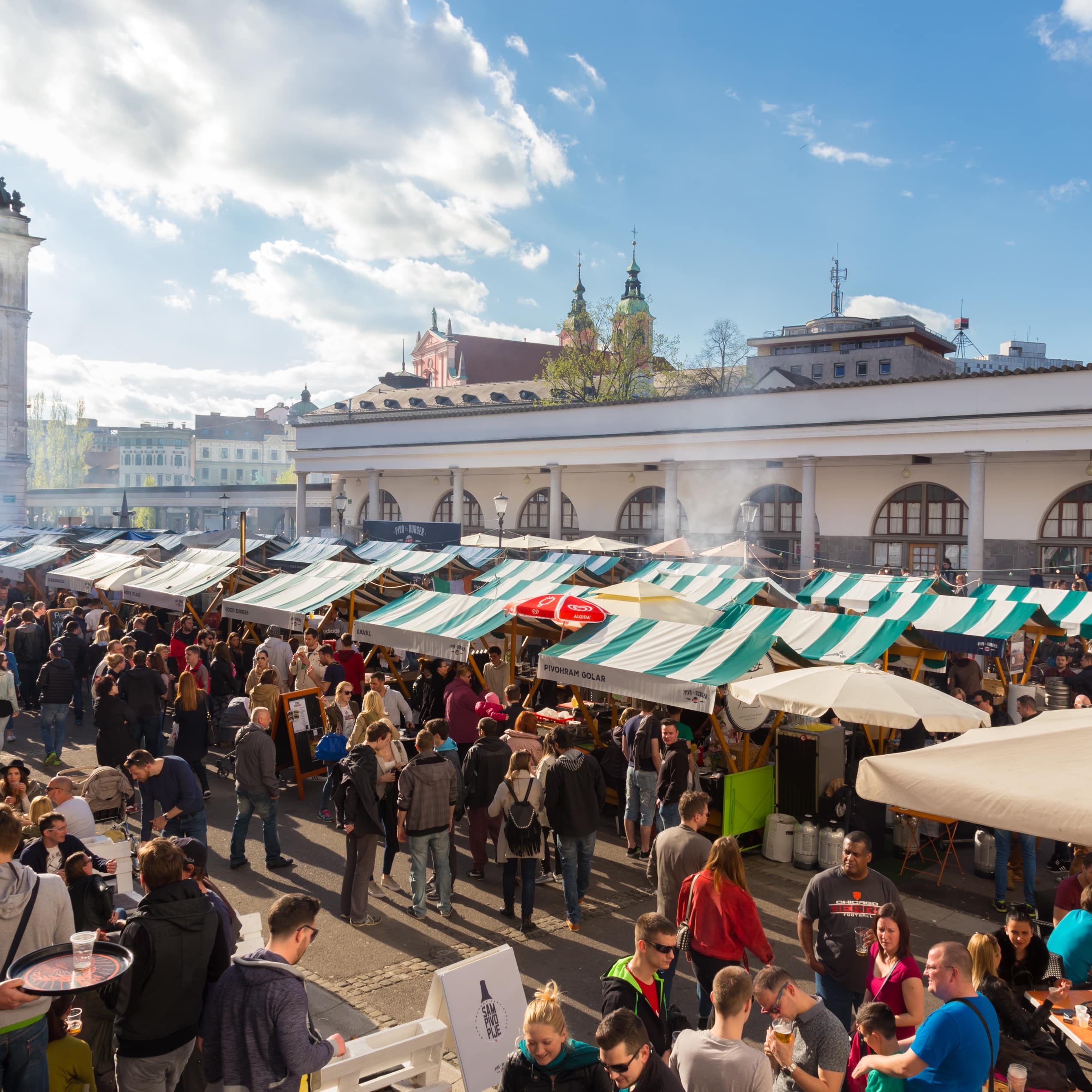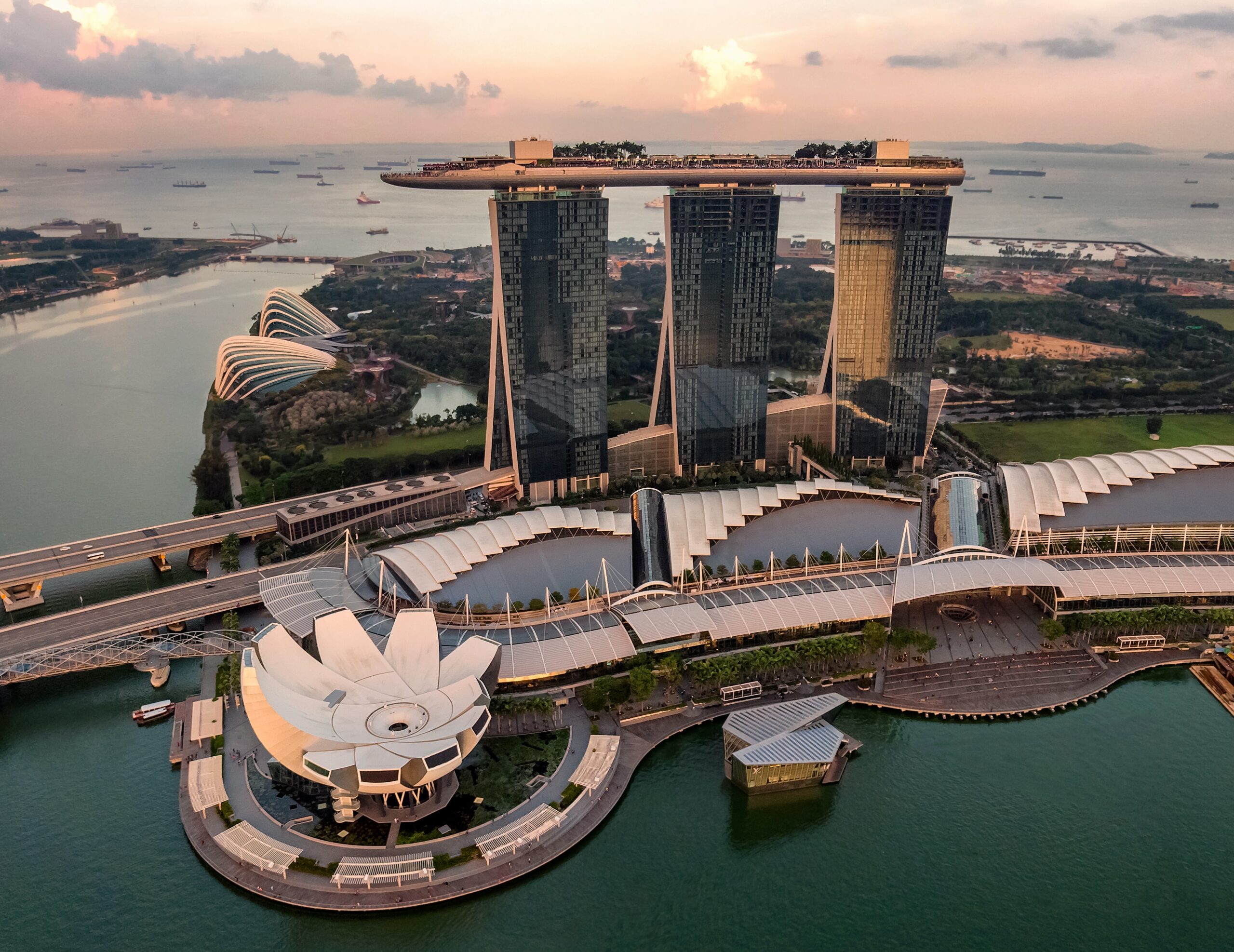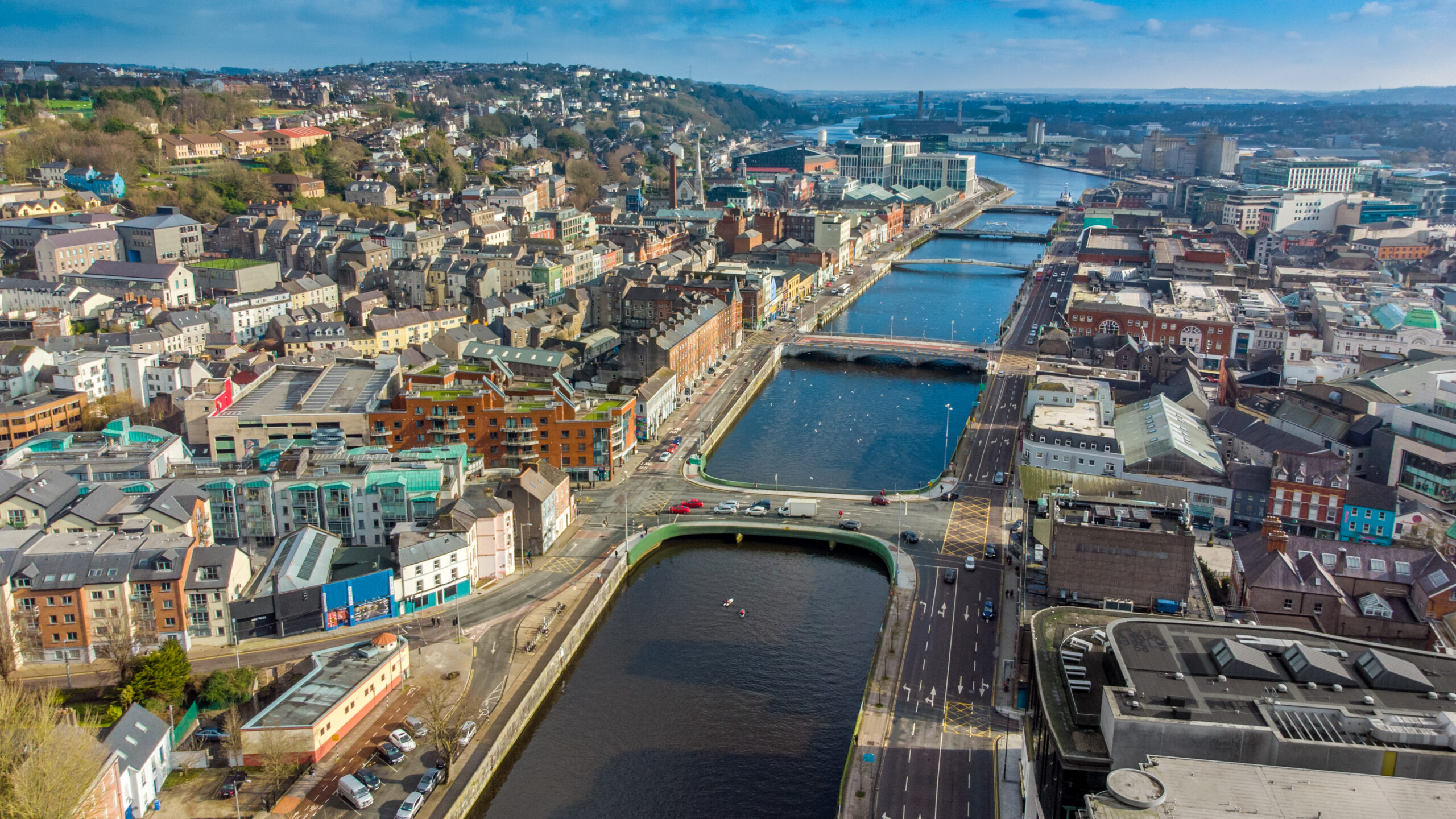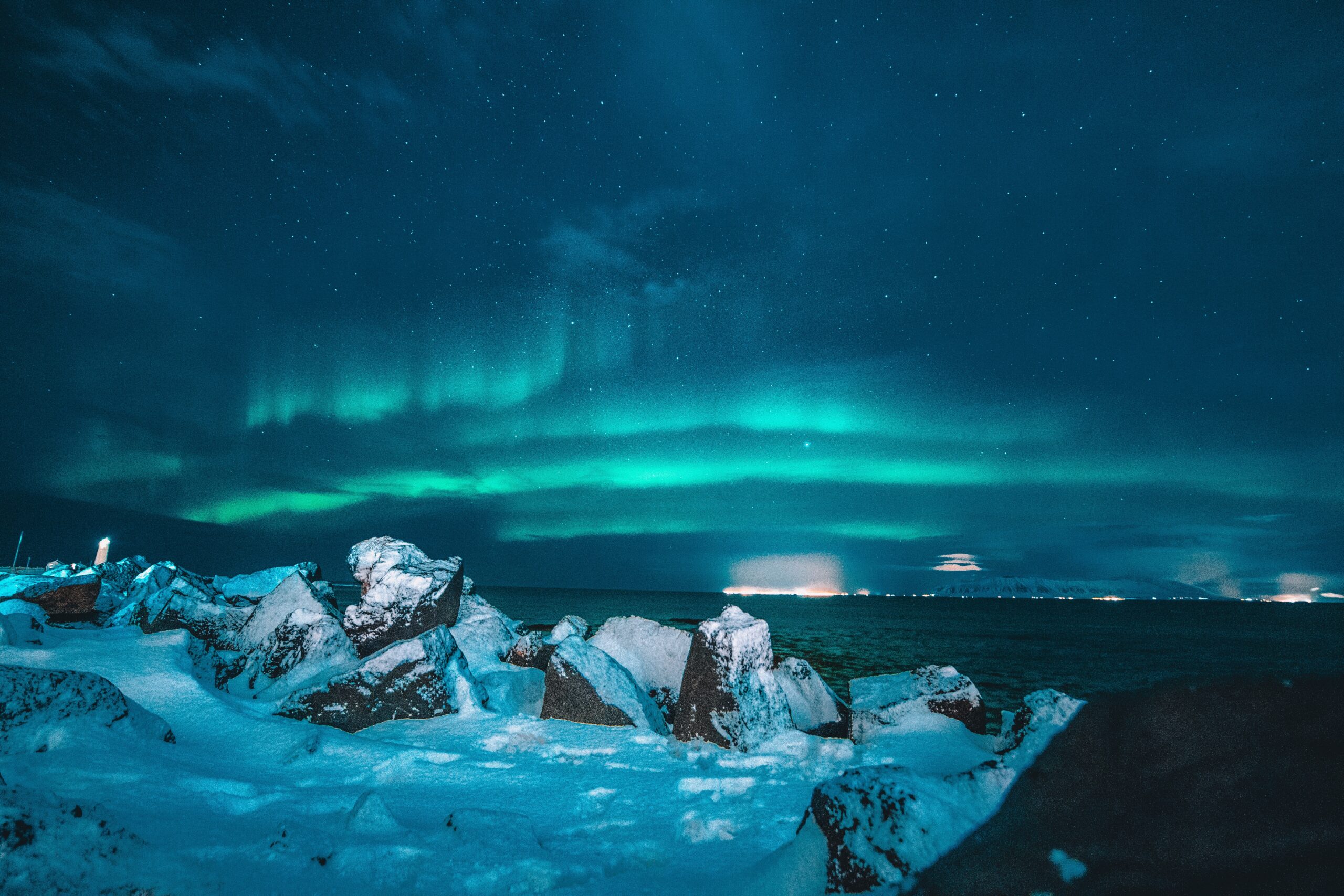Produced by the Institute for Economics and Peace (IEP), the GPI contains the most updated guide to global peacefulness. The report analyses trends in peace and its economic value using relevant data.
In the 2023 Global Peace Index, global peacefulness experienced a slight decline of 0.42%. This marks the ninth consecutive year of deterioration. Of the 23 GPI indicators, ten showed improvement, 11 deteriorated, and two remained unchanged over the past year. Notably, 84 countries saw an improvement in their peacefulness levels, while 79 countries faced a decline. Seven out of the top ten countries belong in the European region while the remaining three reside in the Asia-Pacific.
Switzerland entered the top 10 most peaceful countries globally. It is worth noting that despite this achievement, Switzerland maintains its position as one of the countries with the highest weapons exports per capita in 2023.

Japan moved up by one rank compared to the previous year’s GPI. Notably, this state secured the 2nd spot in the safety and security domain, and it holds the 3rd position in the Asia-Pacific region. Because of Japan’s proximity to China and North Korea, it spends more on collective self-defense.

Slovenia is the only country in Central Europe to place in the top ten. It experienced a drop of one rank since the last GPI, now standing as the 8th most peaceful country. In addition to that, Slovenia ranks 5th in the militarisation domain.

Portugal firmly maintains its place within the top ten most peaceful countries. It also holds the 4th rank in the militarisation domain and is recognized as the 5th most peaceful country in Europe.

Singapore made a notable advancement by climbing three places in the index. Additionally, Singapore holds the 2nd rank in the Asia-Pacific region. It also ranks within the top five in both the safety and security and ongoing conflict domains, despite having a relatively high military expenditure of $3,227 per capita.

Austria retains its spot as the 5th most peaceful country. It performs well across all domains, securing a position within the top 15, and is recognised for its low economic cost of violence. Although recent terrorist events have led to stringent government response, thereby compounding the terrorism indicator.

New Zealand claims the 4th rank on a global scale and is the most peaceful country in the Asia-Pacific region. Notably, New Zealand experienced improvements in indicators such as violent demonstrations, incarceration rates and terrorism impact. However, its economic cost of violence remains relatively high compared to other top ten countries.

Ireland continues to hold the 3rd position among the most peaceful countries. Impressively, it ranks 4th lowest in terms of economic cost of violence and it has a neutral army where there are no NATO membership targets for military spending.

Denmark has risen by two places since the last index, securing the 2nd position. Denmark ranked 4th in the previous year’s index. A significant highlight is Denmark’s low economic cost of violence, accounting for only 4% of the nation’s GDP. Although Denmark’s military spending will only rise due to recent budgeting announcement.

Iceland proudly maintains its status as the most peaceful country in the world for the 17th consecutive year. In addition to this remarkable feat, Iceland ranks 3rd in the safety and security domain, and it claims the 1st positions in the ongoing conflict and militarization domains. However, it is worth noting a 4% deterioration in its overall score, attributed to an increase in the homicide rate and terrorism impact indicators.

To learn more about trends in global peace, explore the Global Peace Index through interactive maps. You can also download the full report at Global Peace Index 2023.
You might also be interested in: 10 most peaceful countries in 2024.